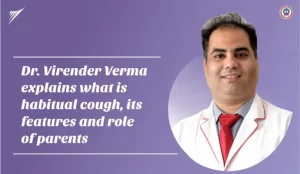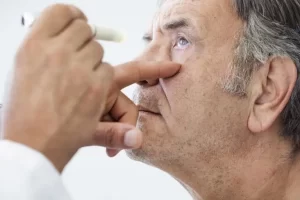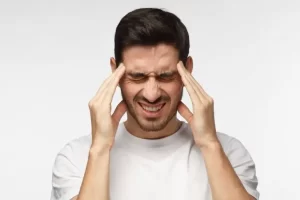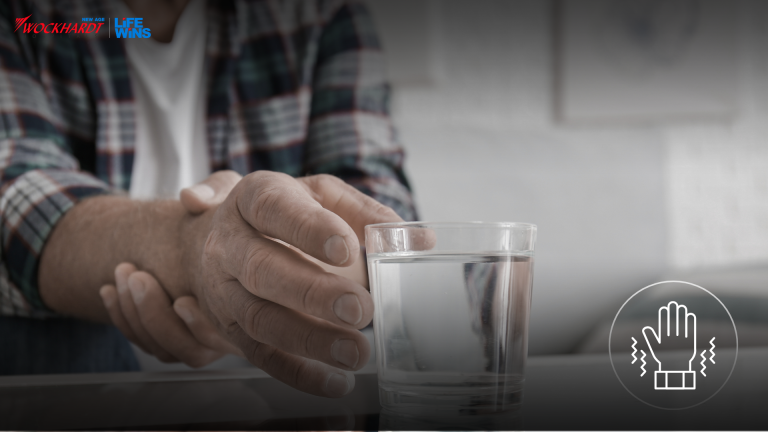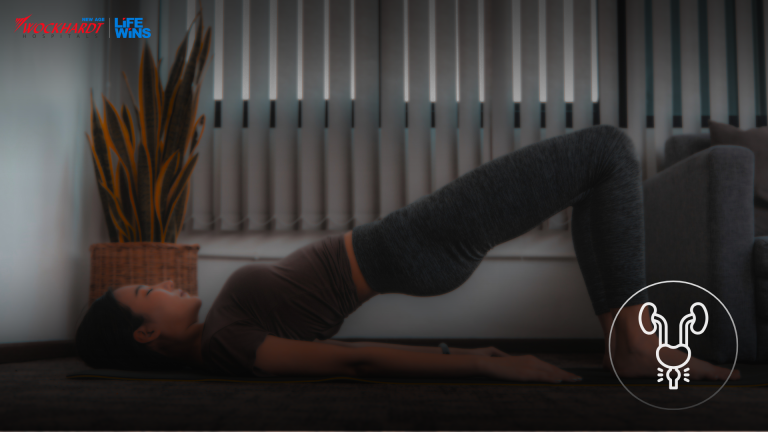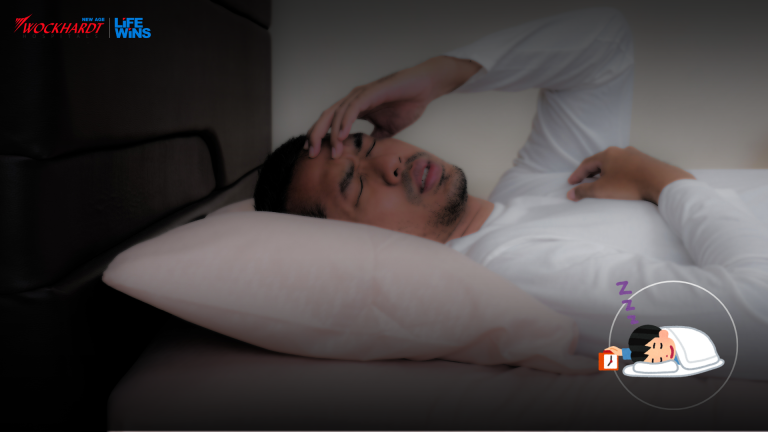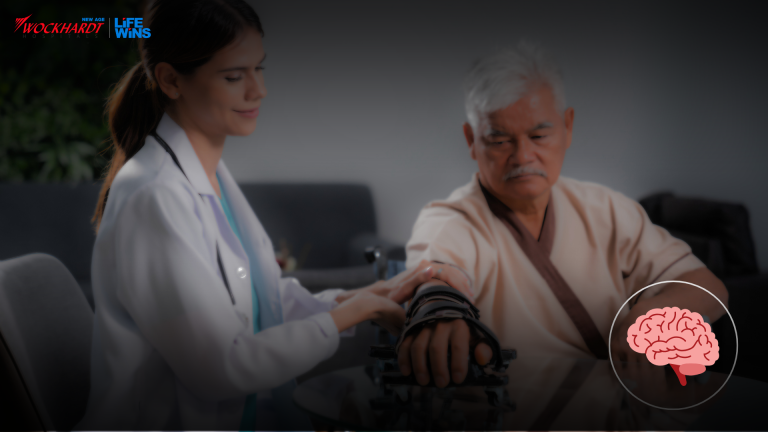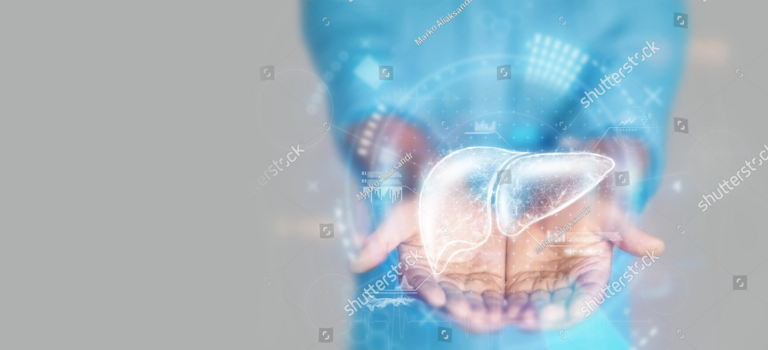
Risk Factors is Key to Surviving Cerebral Palsy
The passing away of Microsoft CEO Satya Nadella’s son has brought the focus back on cerebral palsy, a condition the 26-year-oldsuffered from. The passing away of Microsoft CEO Satya Nadella’s son has brought the focus back on cerebral palsy, a condition the 26-year-oldsuffered from. The prevalence of cerebral palsy, which is characterized by motor impairment and incoordination, in Western countries is estimated to be 2.4 per 1,000 children. According to a study published in the Journal of Pediatric Neurosciences, the prevalence is expected to be higher in India owing to poor infrastructure of health care services. “One of the main risk factors for cerebral palsy is birth asphyxia . If we can ensure institutional or supervised delivery, this risk and, therefore, the chances of cerebral palsy will reduce,”Dr Shefali Gulati, said. In 2019, the doctors from the department of paediatrics at Lady Hardinge Medical College and Kalawati Saran Children’s hospital, conducted a study to find out the risk factors associated with the disease. It involved a detailed history taking and clinical examination of 160 children in the age group of 2-15 years who suffered from cerebral palsy. It was found that the most common etiology or risk factor was birth asphyxia (41.9%). Birth asphyxia happens when a baby’s brain and other organs do not get enough oxygen during or right after birth. “Most common risk factor of cerebral palsy is birth asphyxia; thus, by improving healthcare facilities, its incidence can be reduced,” the researchers pointed out. Other risk factors associated with cerebral palsy are neonatal sepsis or meningitis, prematurity, twins, pathological jaundice, and kernicterus (a type of brain damage that can result from high levels of bilirubin in a baby’s blood), the study found. Dr Prashant Makhija, consultant neurologist at Mumbai’s Wockhardt Hospitals, said cerebral palsy as the name indicates manifests as limb weakness (palsy) due to brain damage (cerebral). Symptoms, he said, vary depending on the severity of brain damage. “Spastic cerebral palsy is the major type which results in weakness of the limbs along with stiffness of the limb muscles (spasticity), there may also be speech and swallowing difficulties. Some may face issues with limb coordination (ataxia) and some may also have abnormal limb movements. In addition to the weakness, stiffness, coordination and speech/swallowing issues faced by the child, additional symptoms include (not seen at all)—intellectual disability, vision and hearing problems,” Dr Makhija said. He added that treatment is largely supportive in the form of speech/swallow therapy, physiotherapy, occupational therapy. “Depending on the severity, some interventions can be done to control the stiffness (spasticity) of the limbs— Botulinum toxin injection and anti-spasticity medications,” Dr Makhija said. Early recognition of the problem and early initiation of therapy can significantly help in overcoming the disability associated with the disease, the neurologist said. Source: https://health.economictimes.indiatimes.com/news/industry/why-tackling-risk-factors-is-key-to-surviving-cerebral-palsy/89934656















